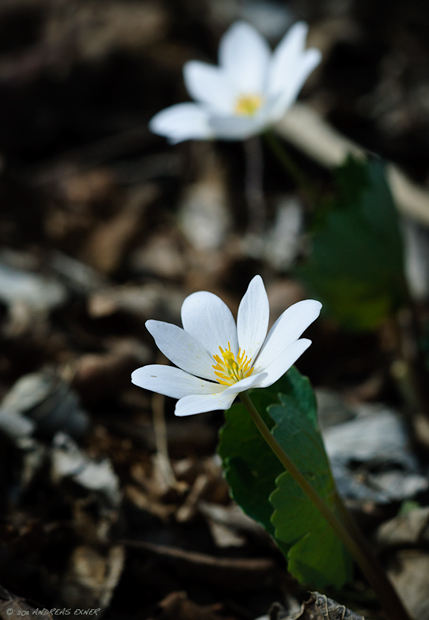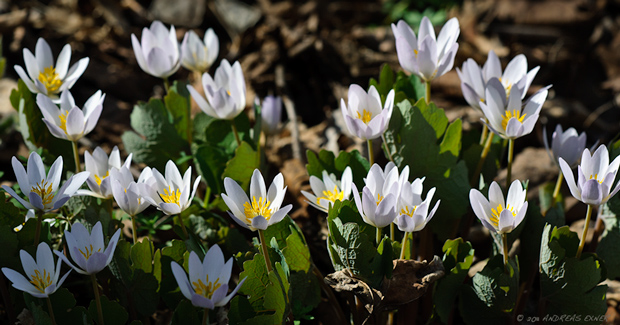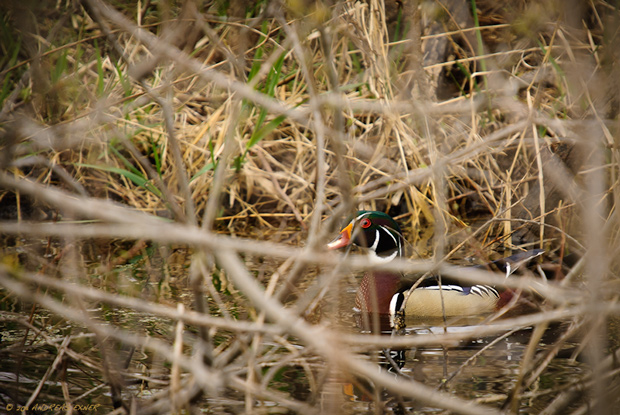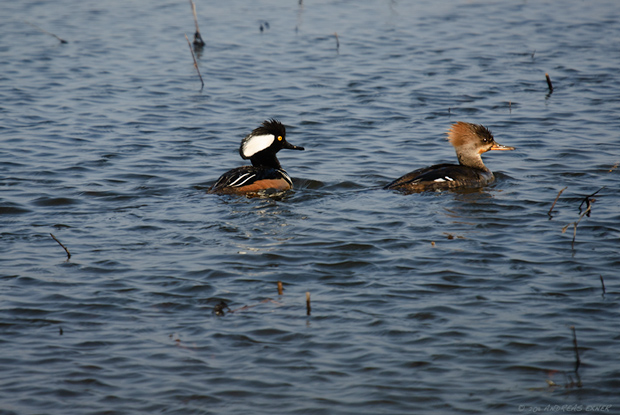I really had a good time again last Saturday in the Green Island Wetlands. The location became familiar during the last couple months and I believe this is key to better images. Not that I think that my photography is top level, it just isn't, but I know that I made some progress.
I found two pairs of Wood Ducks again. I know where to find them now, but they are extremely cautious and fly away as soon I stop my very slow moving car. Someone may wonder why I use the car. The area is wide open and the birds can see you long before you may see them. The car works as a blind and many birds seem to tolerate it. Not so the Wood Ducks! They were hiding in a corn field across the wide water filled trench beside the gravel road. I have a picture of the female duck too but didn't like the quality. Well, another reason to go back and try it again.
I wrote a few days ago how difficult it was to approach Painted Turtles that were basking in the sun on a log in the water. It is a piece of cake when you meet them on land. I just laid down in the dirt and was even able to use the 150/f2.8 ;-)
There is another animal I have tried to put my glass on for a long time and at different locations. I never liked the results, until last Saturday. This Muskrat didn't seem to mind my presence. It was chewing on fresh sprouts of (probably) reed. Later I saw it with a whole bunch in its mouth swimming towards its lodge. Unfortunately my position was a little higher than the water level and there was old grass between the muskrat and me. But I'm still glad I got a set of usable images.
















